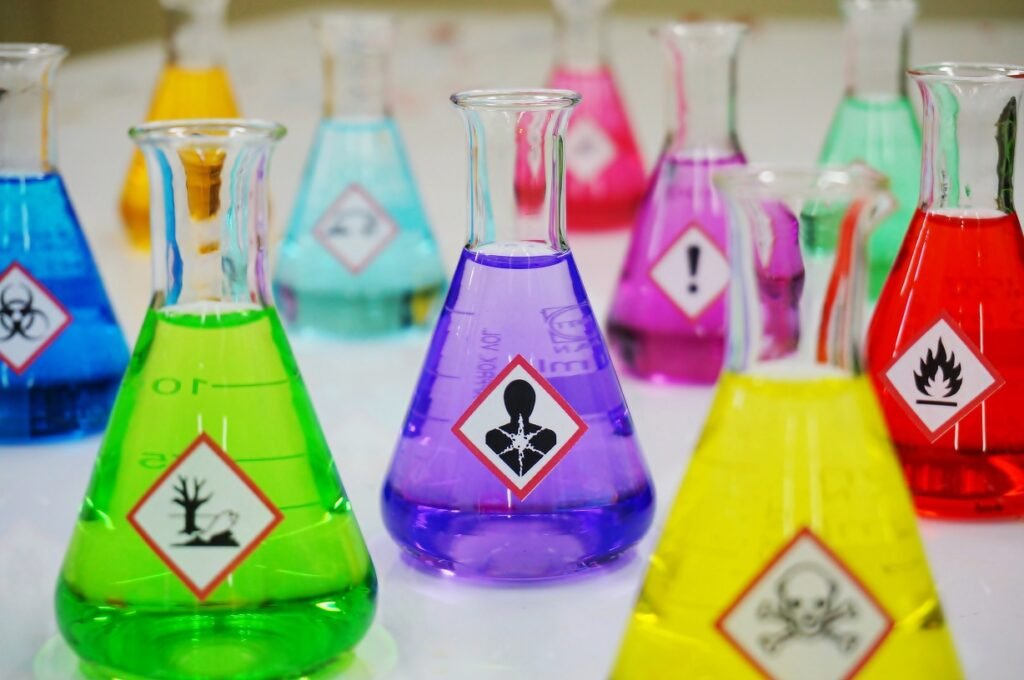In the Philippines, the Environmental Management Bureau Memorandum Circular No. 10, 2017: Guidelines in the Implementation of Globally Harmonized System (GHS) Classification and Labelling Requirements for High Volume Chemicals (HVCs) (hereinafter referred to as this Circular) was enacted on November 28, 2017. This Circular provides the definition of High Volume Chemicals (HVCs), which are listed as one of the regulated chemicals in the Department of Environment and Natural Resources Administrative Order (DAO) No. 2015-09, which stipulates the implementation of the GHS. This Circular also stipulates the specific names of the chemicals and the details for compliance with the GHS. This Circular will take effect 15 days after its publication in a newspaper of general circulation.
The original text of this Circular can be downloaded from the following URL (If the hyperlink does not work, you can access the web page by copying the URL below and pasting it directly into the address bar of your web browser).
http://chemical.emb.gov.ph/wp-content/uploads/2017/12/MC-2017-010_GUIDELINES-IN-THE-IMPLEMENTATION-OF-GHS-CLASSIFICATION-AND-LABELLING-REQUIREMENTS-FOR-HVCs.pdf
The definition of HVCs, requirements imposed, and exemptions
Under this Circular, HVCs are defined as “chemicals and chemical substances already in commerce and are manufactured or imported or used in the Philippines in quantity equal to or more than 500 Metric Tons per year.” HVCs are considered to have higher potential for human and environmental exposure due to their high quantity. For the HVCs, 232 substances are listed in the HVC List as an annex to this Circular, where chemical name, IUPAC name, and CAS RN for each substance are indicated.
All HVCs will be subject to evaluation based on the following criteria, after which their hazards must be identified and classified. All chemicals classified under the GHS hazard criteria are included in the HVC List mentioned above.
- Acute toxicity
- Chronic toxicity
- Development toxicity
- Reproductive toxicity
- Mutagenicity
- Aquatic toxicity
- Environmental fate such as bio-accumulative, persistent, and non-degradable
All chemicals included in the HVC List in the Annex to this Circular will require proper labeling and SDS in accordance with the GHS as stipulated in DAO 2015-09.
HVC waste must be considered hazardous and must be managed in accordance with DAO No. 2013-22 or the Revised Procedures and Standards for the Management of Hazardous Wastes.
Note that the term “HVCs” mentioned here are for industrial applications only, and chemical substances used in the production of pharmaceuticals, cosmetics, foods, and pesticides are outside the scope of this Circular.
 Philippines guides GHS regulations for High Volume Chemicals
Philippines guides GHS regulations for High Volume Chemicals 

























